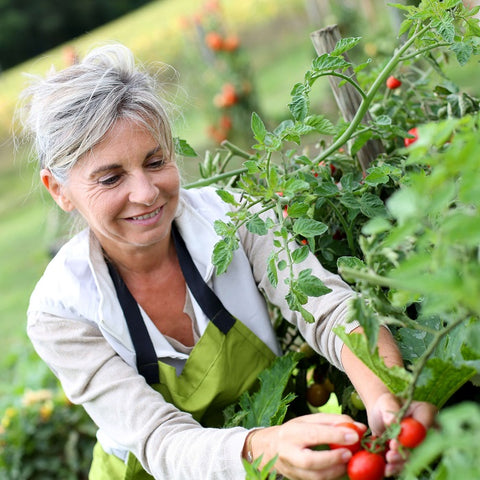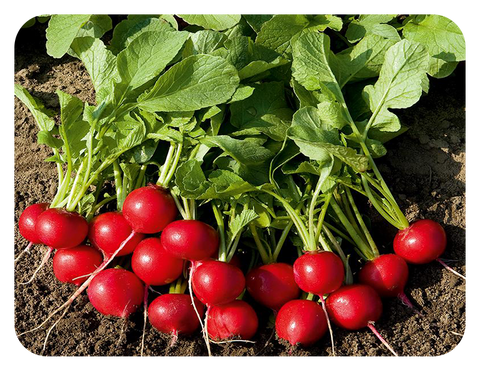Growing vegetables in a garden, especially for the first time, can be daunting. Whether you're concerned about space, soil, or planting techniques, there are so many variables to consider that even the most experienced gardeners will admit: they sometimes get it wrong. The following content also has some reference value for raised garden beds.
Since everyone makes mistakes, let's ask a gardening expert for advice. While they provided a list of common mistakes, we were pleased to find a solution for every problem.
Read on to find out what the most common mistakes in the garden have been in their experience, and their advice on how to fix them.

Mistake # 1: Choosing the wrong location
The most common mistake, says Nikhil Arora of Back to The Roots, is choosing the wrong location. Obviously, it's best to plan ahead and think about what you want to grow and what those plants need to thrive.
But if you've already started planting in the "wrong" places, that's okay. Arora points out that you just need to assess your condition and let it determine what you plant. The most important factors, he notes, are well-drained soil and the right amount of sunlight.
"Seeds have the magic to create life and generosity, but they need us to give them the right conditions to grow," Arora said.
Mistake # 2: Thinking you need a lot of space
If you're putting off starting your vegetable garden because you don't have enough space, Arora says that's a common misconception. In fact, as long as you plan properly, any space will do.
"You can grow vegetables in containers, on raised beds, or even on windowsills to have a rich garden in a small space like a balcony or patio," Arora says.
Mistake #3: Looking for shortcuts when growing plants
Cultivating a lush, fruitful garden takes time, Arora says, and no amount of chemical pesticides or fertilizers will get you there any faster. In fact, these things can cause more problems for you and your plants in the long run. Instead, Arora tells us, it's best to look for organic, sustainable gardening products and practices. This way, you can promote long-term health and minimize harm to you and your environment.
"By choosing organic, you can not only grow quality plants today, but also protect the soil and your loved ones for years to come," Arora said.
John Langer of the American Grassland Company agrees, noting that there are other ways you can deal with pests, too - one that doesn't require extra products, but certainly extra plants. As Langer explains, growing certain wildflower blends in your garden can actually help ward off pests. This also applies to large intruders such as deer and rabbits.
"Planting lavender and scallions around your vegetable patch will help prevent unwanted nibbling," Langer says.
Mistake # 4: Ignoring the importance of pollinators
According to Megan Foster of American Meadows, a major gardening mistake she often notices is focusing only on specific vegetable plants and forgetting about pollinators altogether.

As Foster explains, this is one of the main reasons why people who grow vegetables for the first time rarely see fruit or vegetables. "No pollinators means no vegetables, fruits, grains or oils (canola, sunflowers, palm)," Foster said.
To avoid this, she recommends intentionally adding pollinator plants to fruits and vegetables, preferably three or more.
"This makes it easier for bees, butterflies and birds to spot them from the sky," Foster explained. Milkweed, pine flowers and sunflowers are easy to grow and can add a lot of vegetables to the garden."
Foster also gave us a handy list of plants and pollinators that work well together, known as companion plants, all of which are also edible.
Lentils + passion flower vine
Tomato + borage
Lettuce + Calendula
Chili + Jasmine
Cucumber + nasturtium, dill
Mistake # 5: Start too big
If this is your first year growing vegetables, your brain is probably racing against the odds. Arora recommends taking a step back and slowing down, which is especially true if your workspace is limited.
"Try to grow something -- one!" - Look at how easy and fun it is, "Arora said, adding that this is true even in small Spaces. In fact, the size of the garden shouldn't hold you back at all. "Maybe you could try growing cherry tomatoes on the windowsill with a kit."
Langer agrees and suggests trying to grow plastic bags specifically for this purpose. This is a great way to start small and reduce costs.









